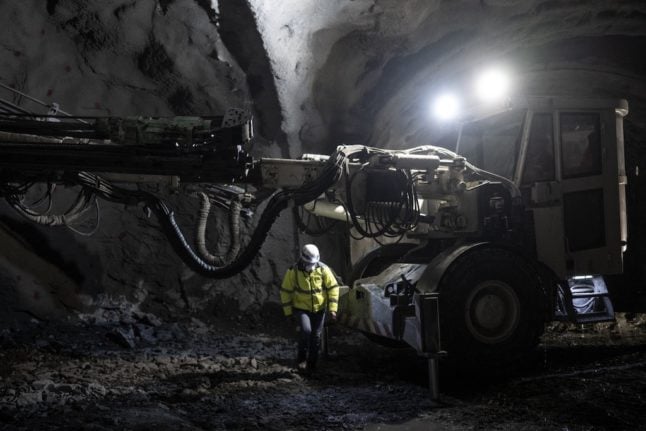Giacomo Chiapparini, 74, was buried under the cheeses when a top shelf broke in his warehouse in the northern Lombardy region on Sunday, creating a domino effect which brought down thousands of wheels, firefighter Antonio Dusi from Bergamo told AFP.
Rescuers “had to move the cheeses and the shelves by hand,” Dusi said, adding that it “took about 12 hours” to finally find Chiapparini.
The warehouse, located in the small town of Romano di Lombardia near Bergamo, contained a total of 25,000 wheels of Grana Padano, a popular Italian hard cheese.
Chiapparini had reportedly been checking on the ripening wheels, which were stored on metal shelves, the highest of which stood at 10 metres.
Police on Monday were reconstructing events which led up to the accident, according to Italian news reports.
Chiapparini’s company had been producing Grano Padano since 2006.





 Please whitelist us to continue reading.
Please whitelist us to continue reading.
Member comments